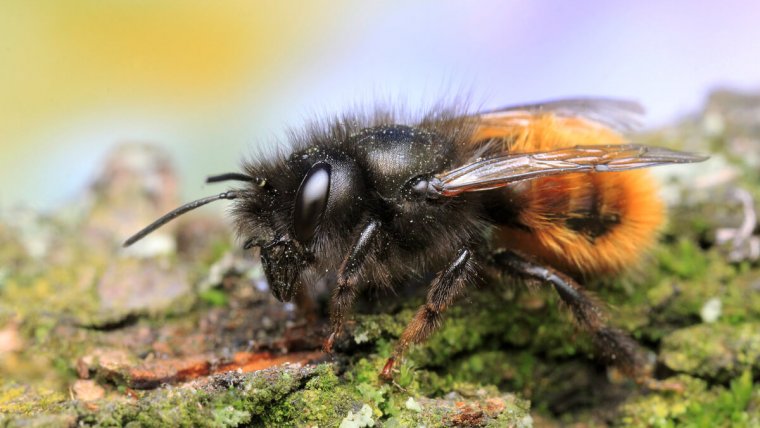
Spring is ahead of us and all the beautiful bugs and insects are getting ready for the upcoming summer season. Especially bees are pretty easy to shoot if you know where you can find them. Let me give you some tips and tricks on how and where you can photograph bees.
Table of Contents
There are actually around 25,000 known species of bees and they can be found all over the world (except Antarctica), but the most species live in South America and Australia. In the US honey bees prefer to live in the southern states, where the temperatures are higher. It’s said that over 50% of all bee species living in Australia, they prefer to live in gardens, woodlands, meadows and other areas where flowers and plants are abundant. Just take a walk and look for a field of blooming flowers and you will be surprised how many different bees you will find. A great way to attract bees is to build up a bee hotel, they provide nesting sites for different bee species and offer protection from wet weather.
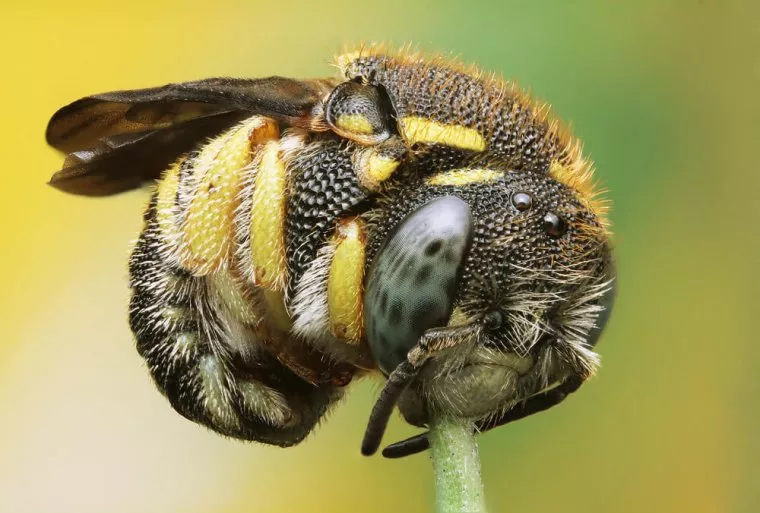
I personally prefer to use manual focus for insects, because sometimes the autofocus can work imprecisely, but it will help if you have a macro objective with a fast and precise auto focus. If you do not own a macro lens I would recommend buying the Canon EF 100mm f/2.8, the sharpness is brilliant and the autofocus works really fast. If you are about to do extreme macros of bees, I would recommend using manual focus, because the autofocus won’t work for higher magnified images. Especially live-view will help you to get the right focus point. If you want to photograph insects, the eyes must be in focus.
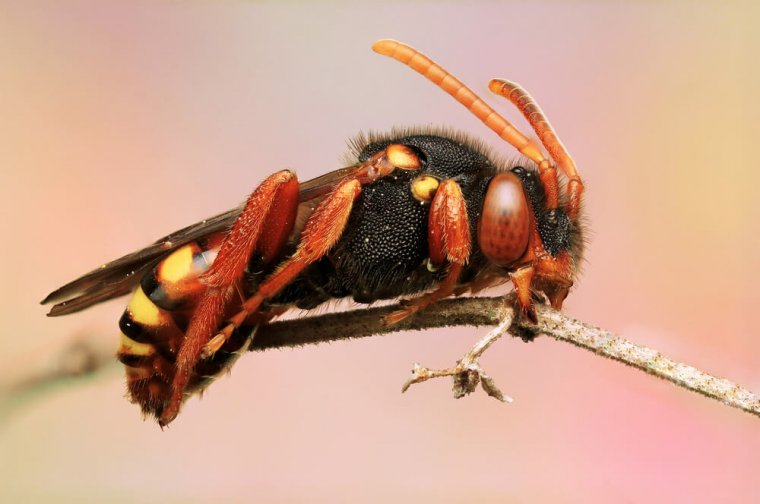
Macro photography is a very interesting and popular field of photography and with a camera and a macro lens you are able to discover and photograph the tiny things of this world. There are various lenses for macro photography on the market that provide an excellent image quality. Like I said before, the Canon EF 100mm f/2.8 really does a great job. I personally use and own the Tamron 180mm which is really sharp and with its low weight, it’s really easy to shoot freehand. If you look for a less expensive lens, the Canon EF-S 60mm f/2.8 will be a great choice. It may have a shorter focal length but it has an excellent autofocus performance.
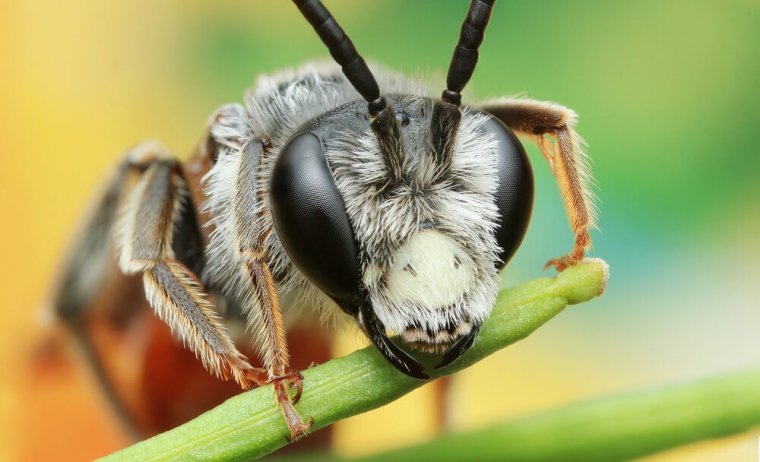
Insects tend to be more active during day-time when the temperatures are higher than in the morning. So the best time to photograph insects is probably in the morning when the temperatures are low and the insects are still asleep, so they will not move and you can make the best possible photo of that insect. Another great advantage when photographing insects in the morning is that you will have a much softer and even light than during daytime.
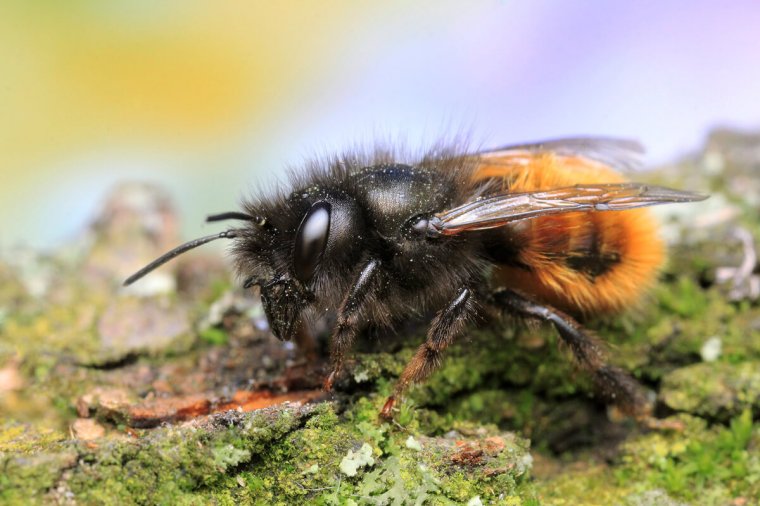
There are a few different composition rules, for example, the golden section which is probably one of the most common composition rules. Or the rule of thirds which is another well-known composition rule. Last year I wrote an article about image composition, where I explained how important composition rules are. Make sure you get familiar with different composition rules in order to show stunning bee photographs.
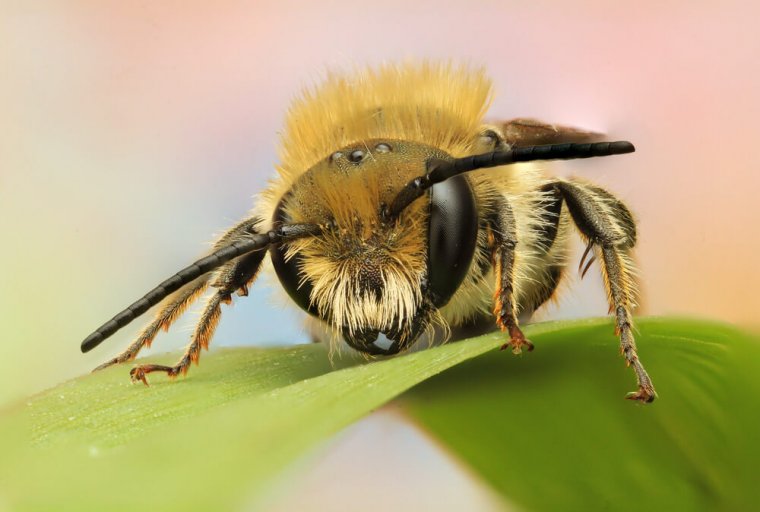
Bees are really important for our environment as they pollinate flowers and they provide sources of food to us humans. They are in danger of disappearing from our environment and if they would disappear one day that would be really tragically for us human beings. If there would be no bees, the crops won’t be pollinated, the crops won’t grow and in conclusion, there would be no food for us humans to be harvested.
A few examples of the foods that would no longer be available to us if bees would disappear from our environment: apples, cherries, cranberries, watermelons, broccoli, peach, clover, various types of fruits, cucumbers, strawberry, sunflowers, beans, and tomatoes.
Bees deserve huge thanks for making this world more beautiful and for helping provide us with delicious fruits and vegetables, for their precious honey and for embellishing our gardens!
Hope you enjoyed this article, thanks for reading – see you next time!
All images by Julian Rad.
Comments (0)
There are no comments yet.